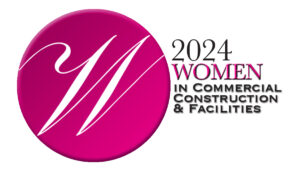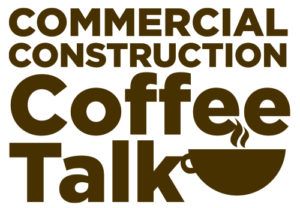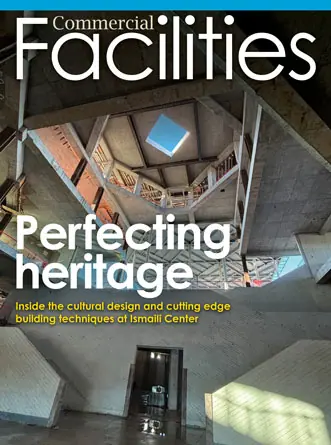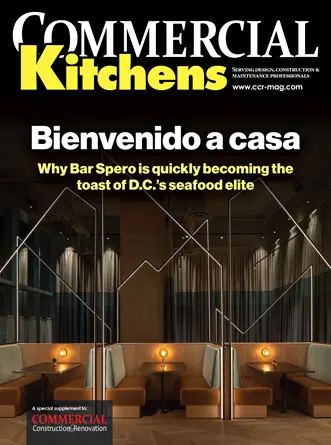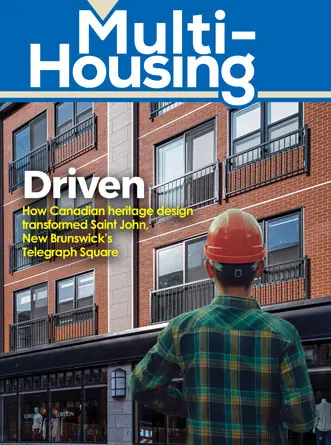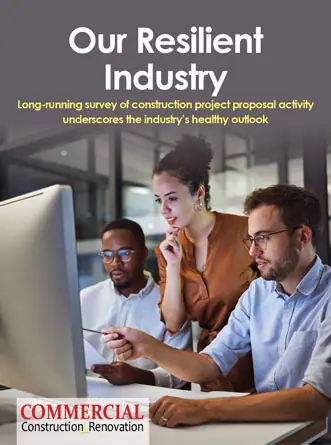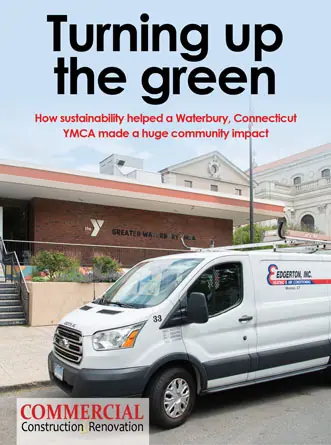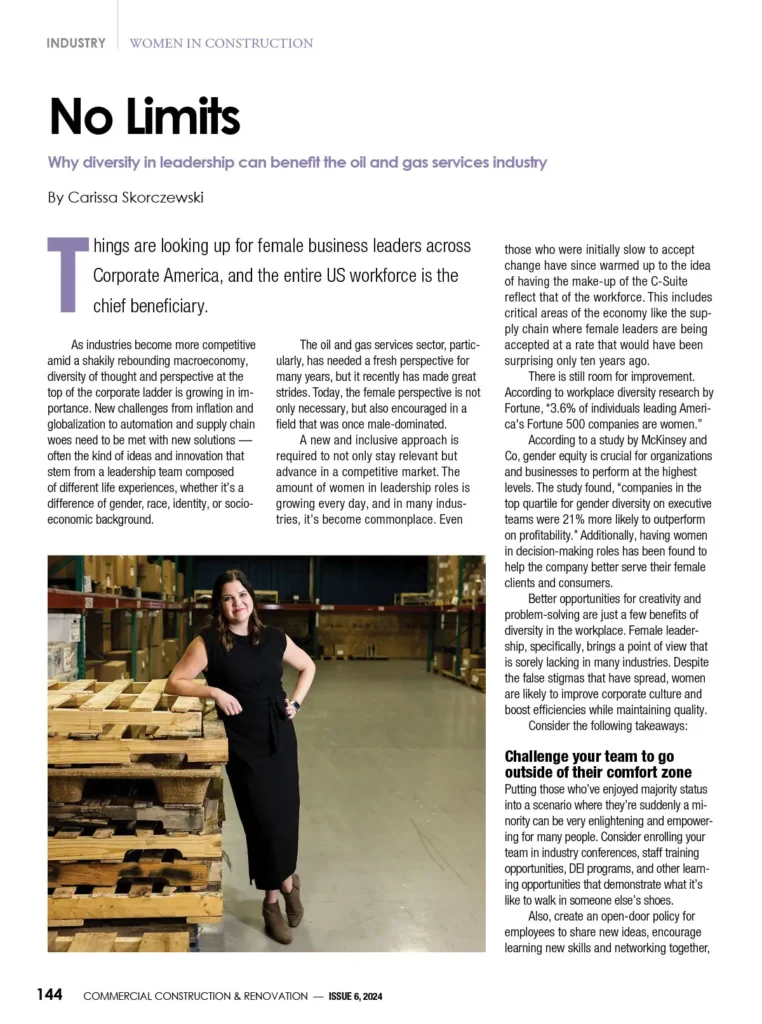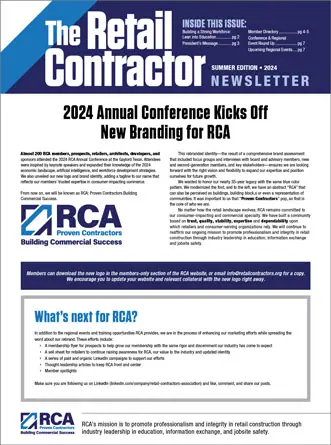In the realm of construction, flooring practices play a crucial role in enhancing the aesthetics, functionality, and durability of a building. From residential homes to commercial spaces, the choice of flooring material and installation techniques greatly impact the overall quality and longevity of a structure. This article delves into four construction-centric flooring practices that have revolutionized the industry, providing innovative solutions and addressing various challenges. By understanding these practices, professionals and homeowners alike can make informed decisions when it comes to flooring, ensuring remarkable results in their construction projects.
Seamless Flooring Systems
Seamless flooring systems have become incredibly popular in modern construction projects. People are absolutely loving these systems because they offer a super smooth surface without any annoying joints or grout lines. They also bring a ton of benefits to the table. Firstly, they’re durable, so there is no need to worry that it will wear out quickly, even with a lot of foot traffic. As they are seamless, they are also very easy to maintain and clean and are good for hygienic spaces. With high quality resin, epoxy, or polyurethane coating, seamless floors create a stylish and polished look that fits in with a variety of design choices.
Eco-Friendly Flooring Materials
As sustainability takes center stage in the construction industry, eco-friendly flooring materials have gained significant attention. Environmentally conscious builders are opting for materials like reclaimed wood, bamboo, cork, and recycled tiles. These materials not only reduce the ecological footprint but also offer unique textures and patterns. Additionally, innovative manufacturing processes have led to the development of eco-friendly carpets made from recycled materials. These sustainable flooring options promote responsible building practices while adding a touch of natural beauty to spaces.
Moisture Barrier Systems
Moisture-related issues in concrete floors can be a significant concern in construction projects. To combat this, moisture barrier systems are being widely adopted. These systems help prevent moisture intrusion and subsequent damage to the flooring. During the installation process, degassing vacuum pumps are used to remove excess moisture from the concrete substrate. By creating a vacuum environment, these pumps facilitate the release of trapped air and moisture, ensuring a solid and moisture-free foundation for flooring installation. Proper moisture management with the aid of a degassing vacuum pump ensures the longevity and performance of flooring systems.
Advanced Floor Heating Systems
Floor heating systems are revolutionizing the way you experience warmth in your living space. Utilizing radiant heating technology, these systems are installed beneath the flooring surface to provide efficient and even heat distribution. The comfort and energy-saving benefits of floor heating have made it increasingly popular. Modern floor heating systems are compatible with a variety of flooring materials, including tile, stone, and wood. By incorporating smart controls and energy-efficient components, these systems ensure optimal comfort while minimizing energy consumption.
As the construction industry evolves, so do the flooring practices that shape your built environment. Seamless flooring systems, eco-friendly materials, advanced floor heating, and moisture barrier systems with degassing vacuum pumps are just a few examples of the innovative approaches being embraced. These practices not only enhance the aesthetics and functionality of spaces but also prioritize sustainability, comfort, and longevity. By integrating these construction-centric flooring practices into projects, builders and designers can create remarkable spaces that meet the demands of modern architecture while upholding the principles of efficiency, durability, and environmental responsibility.

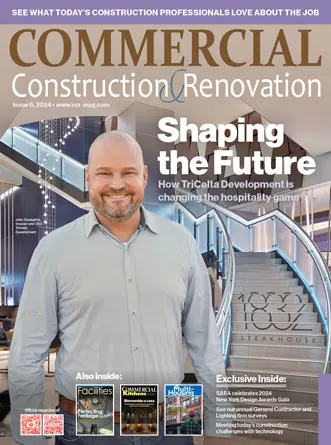








 The 2024 virtual Men’s Round Table will be held Q4, 2024, date TBD.
The 2024 virtual Men’s Round Table will be held Q4, 2024, date TBD.